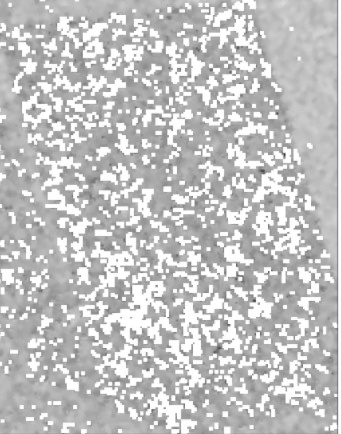Hello,
I wanted to ask if there is any option or plan to use the orthorectication an option to use SRTM (or ASTER DEM for areas greater than 60 degrees latitude as SRTM is not available)? It seems like using those files might give better results.
Best,



